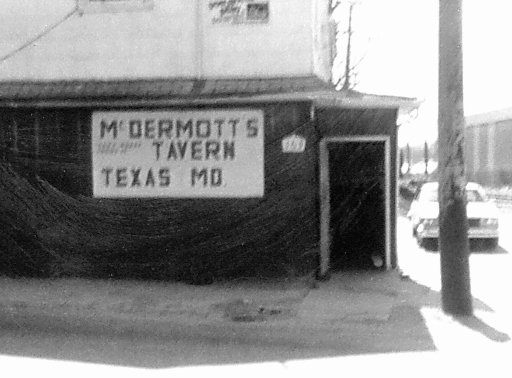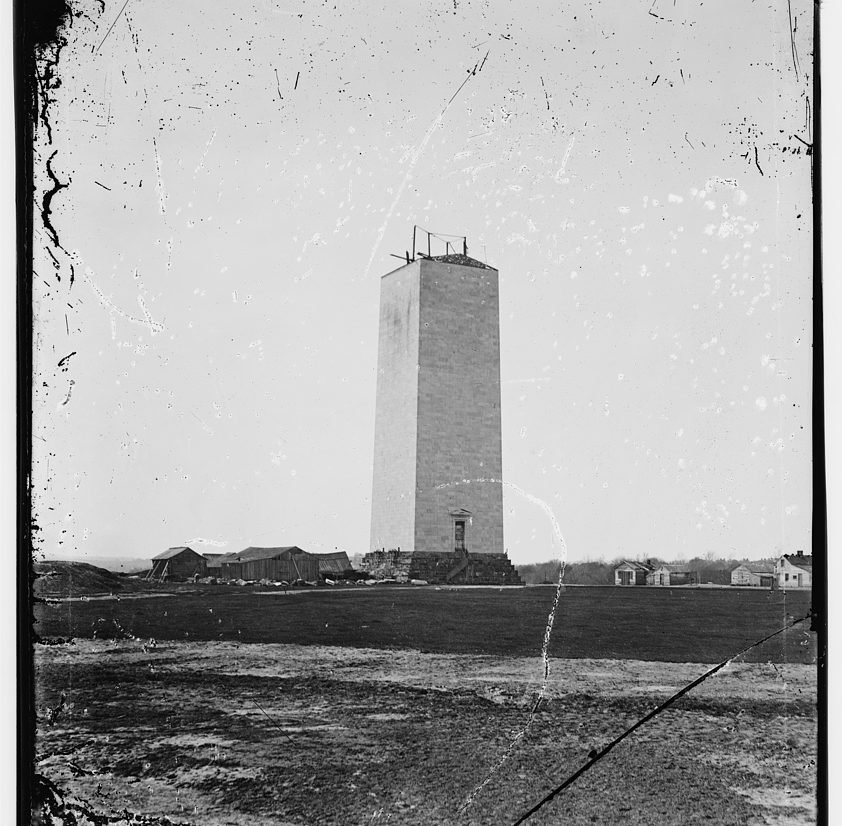While the heritage of industry surrounds us, few people think deeply about how the raw materials were extracted and shaped. For example, the Washington Monument. It is an iconic symbol of American history. What is missing from the narrative, however, is the contribution of those who labored to create it. The very limestone building blocks, at least the bottom third of the monument, were quarried, shaped, and transported by Irish immigrant labor in Baltimore County.
This presentation will focus on the Irish immigrant men, women, and children of Texas, Maryland (Baltimore County), who were part of that industrial process. The archaeological data presented illustrates experiences of everyday life for working class immigrant families that include both the sacred (Catholic religious items) and the secular (Irish national political slogans and symbols on smoking pipes, ceramic table and teaware, and children’s items). The intention is to paint a human portrait of those immigrant and first-generation American-born families living, laboring, and dying in Texas between 1846 and 1900.
Stephen A. Brighton is an Associate Professor of Archaeology and Anthropology at the University of Maryland, College Park. Dr. Brighton has been researching various facets of the Irish Diaspora, at home and abroad, for over 20 years and has excavated extensively in the United States and Ireland. The core focus is to understand the materiality and the dynamics and resiliency of culture structuring cultural change and continuity over time and through space. He has written numerous peer-reviewed articles on various sites relating to Irish and Irish-American laboring communities, as well as a book on the archaeology of the Irish Diaspora titled, An Historical Archaeology of the Irish Diaspora: A Transnational Approach (2009, University of Tennessee Press). Currently, Dr. Brighton leads an annual field school in County Cork, Ireland.
Natural History Society of Maryland’s Archaeology Club promotes the value of archaeology in Baltimore City, Baltimore County, and surrounding areas. The goal of the Archaeology Club is to educate citizenry in the ethics, methods, and artifact preservation methods of archaeology and how archaeology can be used to document, discover, and promote local history. The Archaeology Club is inclusive to all persons who have an interest in archaeology. Not a member, but want to be: https://www.marylandnature.org/club-membership/

This image is part of the collection of historic photographs of Baltimore County, Maryland USA owned by the Baltimore County Public Library, Towson Maryland USA. Visit the Baltimore County Legacy Web at: http://www.bcplonline.org/



